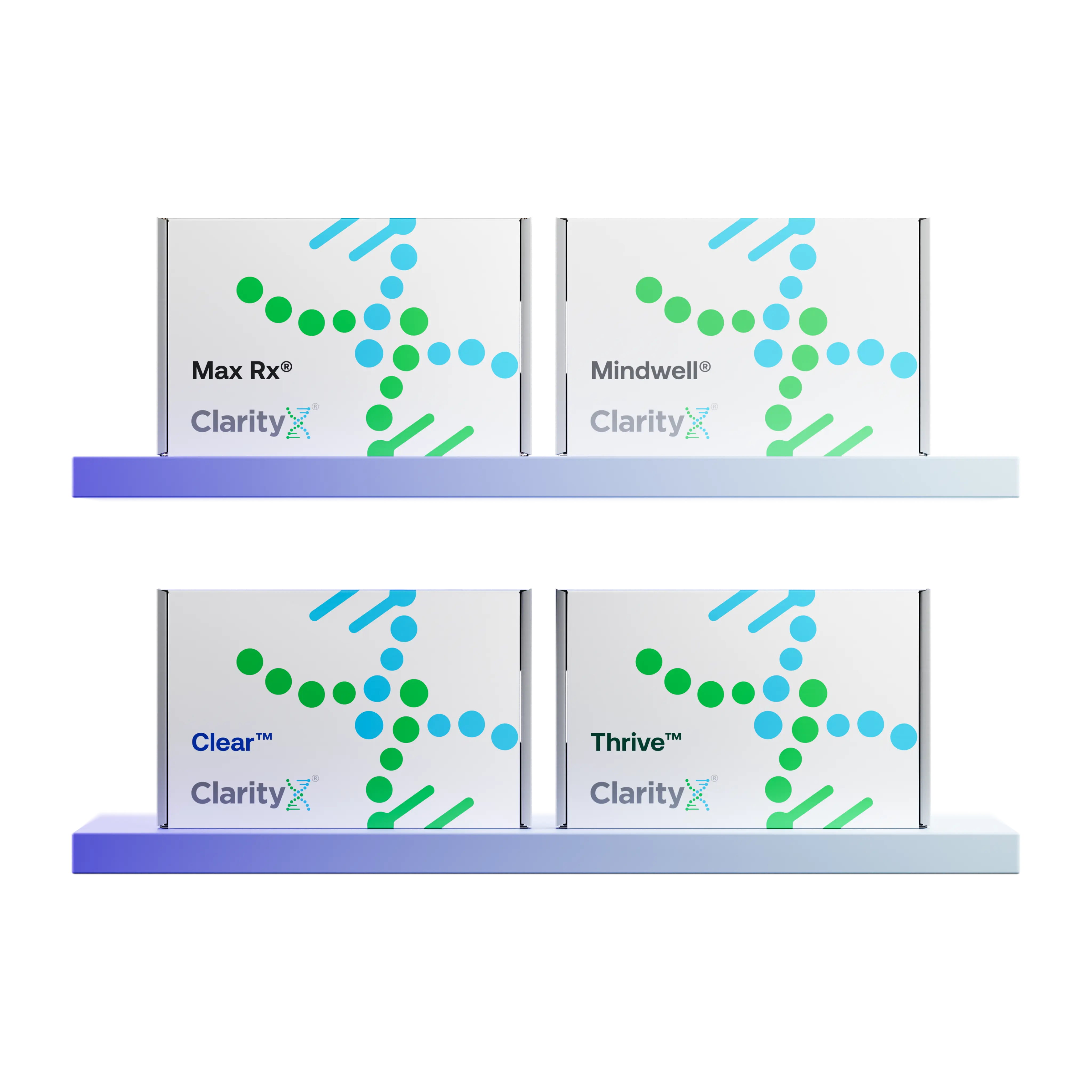Introduction:
Pharmacogenetic (PGx) testing is a valuable clinical tool—but knowing when to use it and with whom is just as important as understanding how it works. Many providers recognize the benefits of personalized prescribing but aren’t always sure which patients will benefit most from PGx testing.
This insight outlines practical, evidence-based criteria to help you identify strong candidates and incorporate PGx more proactively into clinical care.
Why Timing and Patient Selection Matter
PGx testing is most effective when it’s performed before initiating a new medication or in response to treatment failure. The clinical impact is clearest when a patient is:
- Starting treatment for conditions like depression, anxiety, ADHD, or chronic pain
- Not responding to current medications or experiencing side effects
- Taking multiple medications, raising concerns for drug-gene and drug-drug interactions
- At high risk for ADRs due to prior history or age (e.g., geriatric patients)
- Expressing frustration over trial-and-error medication approaches
Rather than being reactive, PGx allows providers to make preemptive decisions that reduce guesswork, improve safety, and accelerate positive outcomes.
Key Patient Profiles to Consider
Here are five clinical scenarios where PGx testing is especially useful:
1. Psychiatric Treatment Initiation or History of Nonresponse
Patients starting antidepressants, antipsychotics, or mood stabilizers—and especially those with prior treatment failures—can benefit significantly from PGx-guided prescribing.
2. Polypharmacy in Chronic Disease Management
Patients managing multiple chronic conditions (e.g., cardiovascular disease, diabetes, chronic pain) often take several medications. PGx can help reduce ADRs and optimize pharmacotherapy in these complex cases.
3. Adverse Drug Reaction (ADR) History
Patients who have experienced unexpected side effects, toxicity, or hypersensitivity to common medications are strong candidates for testing.
4. Elderly Patients on CNS-Active Medications
Older adults are often at increased risk of ADRs due to metabolic changes and comorbidities. PGx can be a valuable tool for safer prescribing, especially with opioids, antidepressants, or benzodiazepines.
5. Patients Seeking a More Personalized Approach
Some patients are proactive about their care and open to using genetic testing to guide treatment decisions. PGx gives them clarity—and gives you clinical confidence.
Bottom Line
PGx testing doesn’t have to be reserved for complex or end-of-line patients. When used proactively, it becomes a powerful tool for improving safety, efficiency, and outcomes in routine clinical care.
Knowing when and with whom to use PGx can drive more effective prescribing—and help patients feel seen, heard, and truly understood.






